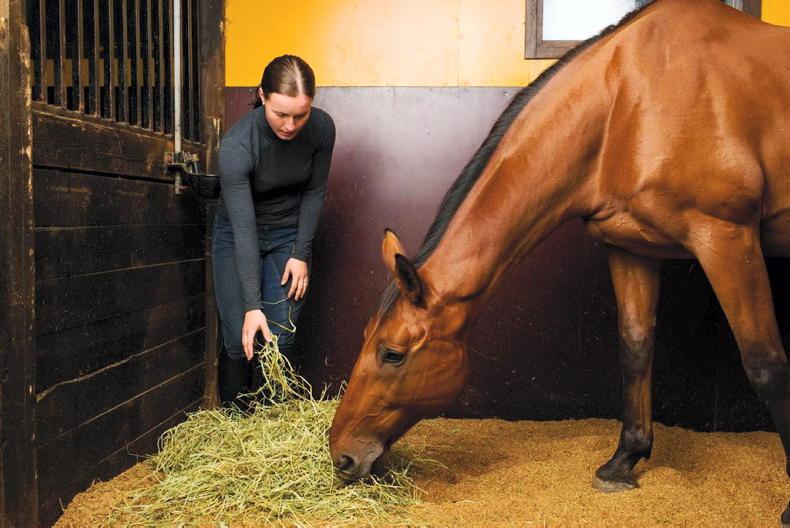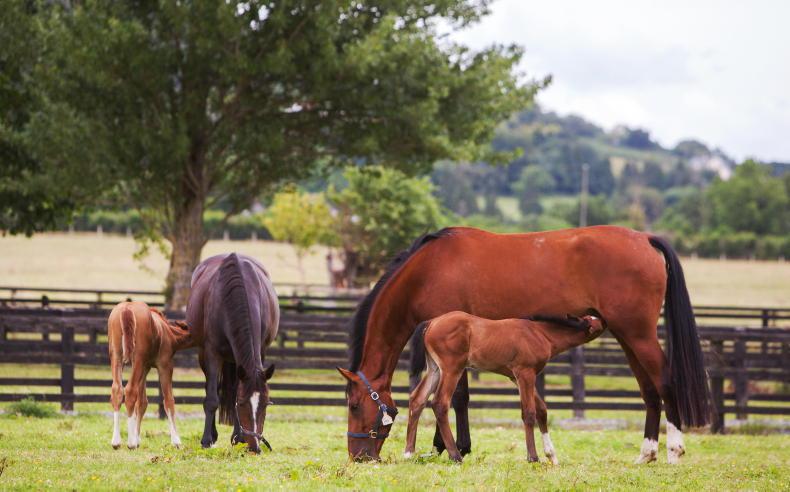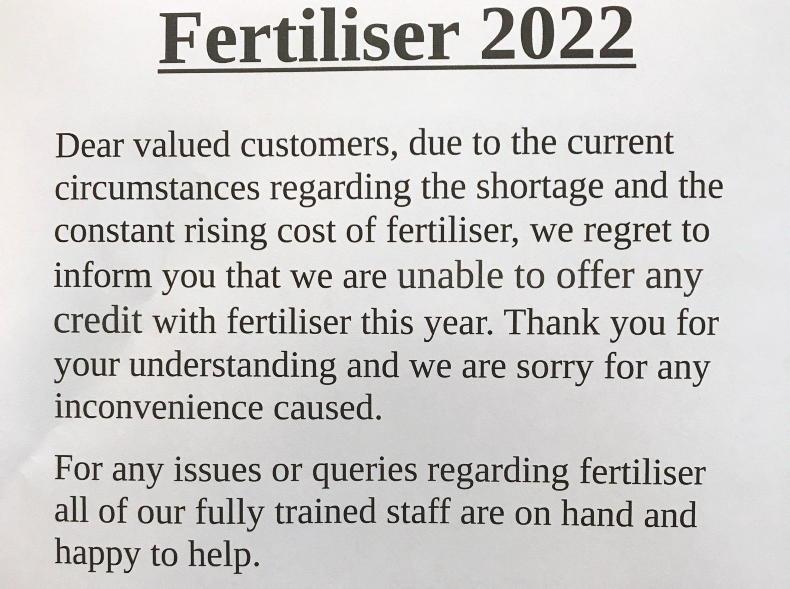THE forage our horses eat supplies the majority of their energy, so choosing wisely will be particularly helpful when managing any weight or health issues. This is what they eat the most of, so it is this that will make the biggest difference.
As with any part of your horses’ ration, there are lots of factors to take into account. Are they good or poor doers? Do they need to lose, maintain or gain weight? How much exercise do they get and what are their energy requirements? How long are they stabled and do they have access to grass? Do they have any health concerns or respiratory issues?
Digestible energy
For both hay and haylage, the early cuts can be highly nutritious, so would be more suitable for those with higher energy requirements and those that struggle to maintain weight. Sourcing forage higher in digestible energy (calories) will save money on bucket feeds for the poor doers. The later cut, stalky types should be sought for the good doers as the digestible energy (calories) will be lower. A few points on each are below:
Hay
Haylage
If you are feeding haylage, you need to feed more of it than hay, due to its higher moisture content, to ensure your horse is getting enough fibre! Hay is around 85-90% dry matter, whereas haylage is around 60-75% dry matter.
Straw
There is so much variation in the nutrient content of forages. It is not safe to assume that hay is better than haylage for laminitics or that meadow hay is safer than ryegrass hay or haylage. It is also not safe to assume that the digestible energy is lower in hay than haylage!
Health concerns
Getting a good forage supplier, preferably one that specifically makes forage for horses will make all the difference if you are feeding for weight and/or health issues. Talk to them and discuss your horses needs with them, they will be able to help you choose the most suitable type for your horse.
Lots of suppliers will have an analysis of their forages for you to look at. If they don’t, it may be worth having it analysed so you have a guide to what your horse is eating, particularly if there are any weight issues or health concerns need to be taken into account. I say a guide, as there will be variation between bales, but it will give you an indication and will help you make the right choices.
Risk
Don’t forget, as forage is the main part of their diet, making changes gradually is extremely important as this is what they eat the most of. Sudden changes will significantly increase the risk of digestive upset.
Laminitis can be brought on from hay-only diets! If your horse or pony struggles to maintain weight, but is prone to laminitis, has EMS or Cushing’s, then an earlier cut forage would be too nutritious and would oversupply non-structural carbohydrates (NSC). For these types a later cut lower NSC hay or haylage would be better, topping up with a higher calorie, low NSC partial hay replacer to increase their calorie intake to help them maintain their weight.
Please ensure you get an analysis and ensure that the NSC (the combined WSC and starch) is below 10% or make sure that you trust your supplier to provide you with the correct type for your horse. The right forage will make all the difference!




 This is a subscriber-only article
This is a subscriber-only article
 It looks like you're browsing in private mode
It looks like you're browsing in private mode










SHARING OPTIONS: